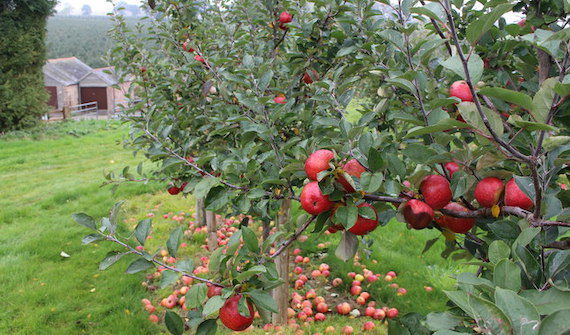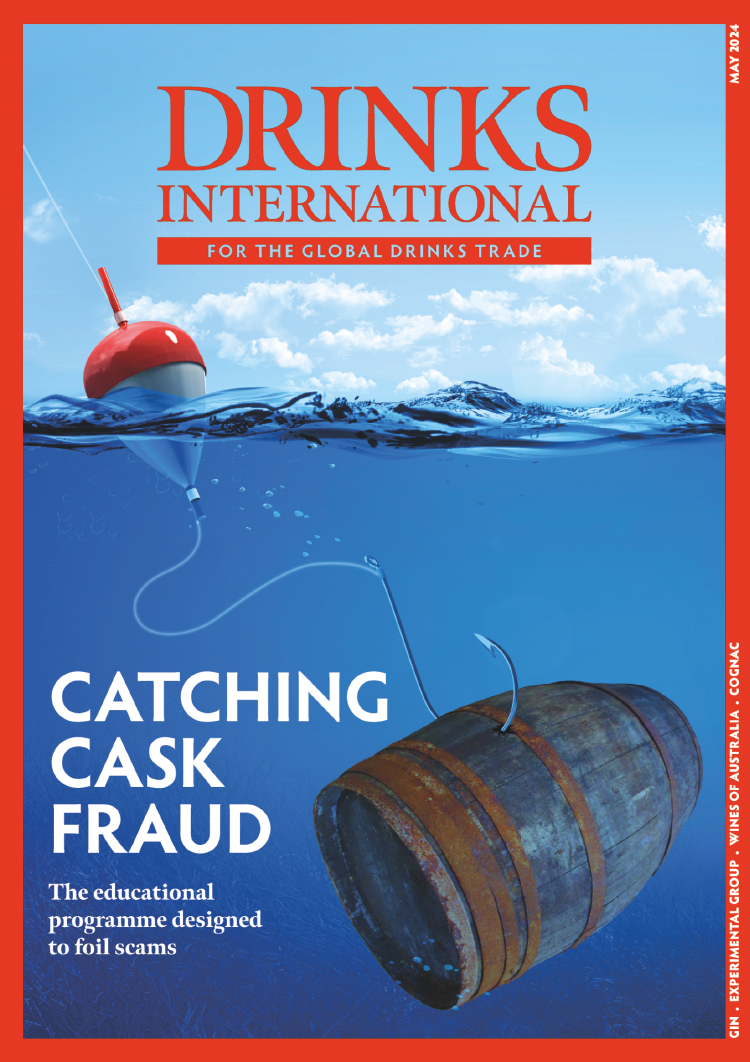At the recent ProWein in Germany there were 14 enormous halls packed full of wines from around the world. Thousands of wine producers and tens of thousands of wines. One of our clients wondered, half-jokingly, if there were enough people in the world to drink all of it. The answer is yes, but wine needs to find different ways of reaching consumers.
One of the halls at the wine fair was labelled ‘Same but Different’ and housed craft spirits and beer. Despite the close proximity to the wines, the atmosphere could not have been more different. Bright overhead lighting was replaced with dark mood lighting, the stands had bars and sofa breakout areas, music was playing and a barista was making free coffees. Rather than focusing 100% on product, the exhibitors had placed a lot of importance on the customer experience. The vibe was so much better than in the wine area: every stand was bustling and it made me wonder why there were no wines doing it like this.
Understandably, super-premium and venerable old wines command reverence and respect, but many of the exhibitors at ProWein were wineries making good-quality everyday wines. Why then did they also approach their product with the same reverence and seriousness as a Bordeaux Grand Cru? A craft 20-year-old malt whisky takes skill and expertise to make, just like a wine, but the distillers were about customers experiencing enjoyment – not veneration – of their product. The wine industry, if it wants to attract a new generation of drinkers, needs to learn to turn down the lights, turn up the music and make consumers connect wine with enjoyment, not erudition. There will always be the wine connoisseurs and highly involved consumers, but what about everyone else?
It doesn’t mean the wine can’t be serious: the distillers who make their craft whiskies are passionate and deadly earnest about the excellence of their product. But they know how to connect occasion and socialising with their brand. I believe wine can learn from spirits here. Of all wine categories, only Champagne has borrowed from spirits in understanding the importance of gifting and keeping themselves relevant. From the engaging playfulness of Veuve Clicquot's gift boxes to the glow-in-the-dark Dom Pérignon labels, these famous Champagne houses bravely break out of the wine category norms. By doing so, they attract a generation of new drinkers and keep their current consumers engaged, and at the same time command a premium.
So what about in reverse? What can spirits learn from the wine category? There is perhaps no other category, aside from music and books, where consumers face such a sheer volume of choice. Because of enormous choice and often minuscule budgets, wine relies on the label. As a result, the creativity and expression in creating a brand that will stand out is extraordinary in the variation of colour, label, typography and imagery.




